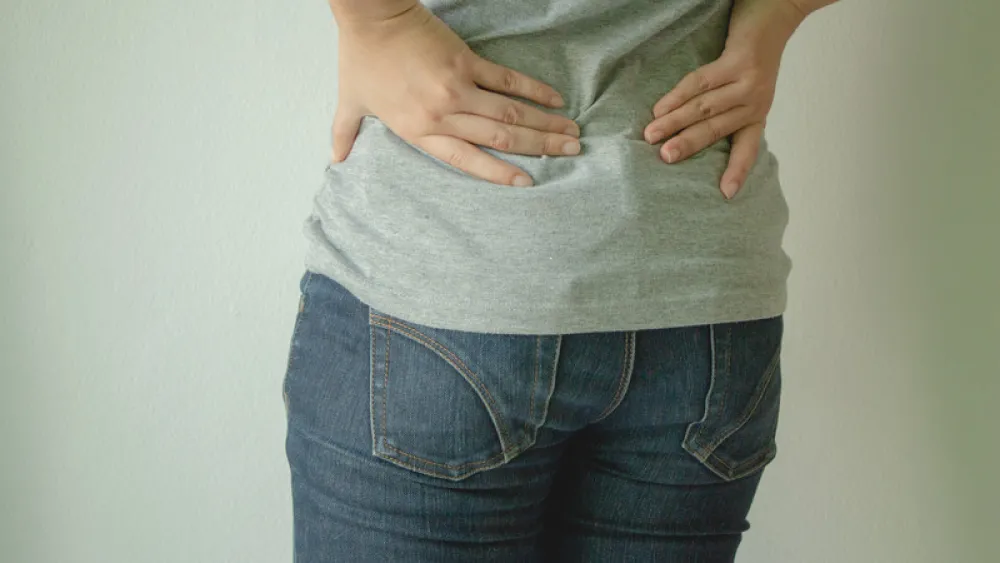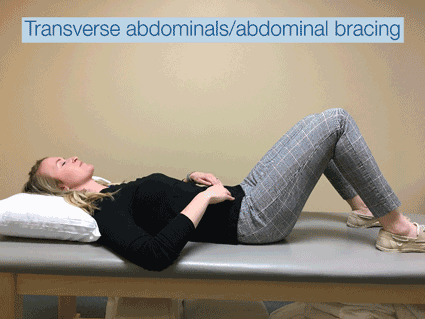




Healthy Lifestyle
5 Ways to Boost Core Strength (and Why It's Important)
Published: April 10, 2020

Thinking about becoming more active or starting a workout routine?
Whether you want to get in shape to complete yard work, hit the golf course more often or be more active with your kids or grandkids, a good core exercise program is a great place to start. In fact, focusing on the core is an important part of a well-rounded workout routine.
The Benefits of a Strong Core
Why is core strength so important? Core exercises target the abdomen, lower back, hips and pelvic muscles. These muscles help stabilize the body and improve balance, posture and breathing. A strong core will help you lead a more active lifestyle. It can also help prevent injury.
What can happen with a weak core? It can lead to:
- Lower back pain
- Decreased balance, which may lead to falls
- Postural deficits, which can lead to pain in other areas of the body
Simply put, if you have a weak core, your muscles don’t work as efficiently or effectively as they’re meant to.
 Try These Exercises
Try These Exercises
How can you get started? Here are five core exercises for beginners:
Transverse abdominals/abdominal bracing: Lie on your back with your knees bent up and feet firmly on the ground. Slowly draw your belly button down toward your spine. You can also think about tightening your lower abdominal muscles or bracing as if something is about to hit you. Hold for a count of five, and repeat 10 times.
Bridges: Remain in the lying position with your knees bent and feet on the ground. Bridge your hips off of the ground while you contract your pelvic and abdominal muscles. Think of it as holding in urine flow. Start out by holding for two to three seconds and performing 10 reps. You can progress your hold time as this gets easier.
Quadruped lower extremity kickbacks: While on your hands and knees, keep your spine neutral/horizontal (Imagine a glass of water sitting on your back.) while you tighten your pelvic and abdominal muscles and kick your leg straight back. Start out by holding for two to three seconds, and alternate legs. Perform 10 reps.
Clamshells: Lie on your side with your knees together and bent. Keep your feet together as you lift the top knee. Rotate at the hip, but avoid moving the lower back. Perform 10 to 15 reps. Make sure to keep your abdominals tight.
Modified prone plank: Rest on the floor with your forearms and knees underneath you. Contract your abdominal muscles and lift your trunk off the floor. Start out by holding this position as long as you comfortably can without dipping the lower back or causing any pain. Perform one to two sets, and gradually increase your time as you’re able.
Like any other workout, don’t overdo it. If an exercise causes pain, don’t do it.
Consult Your Health Team
These are just five of the many core exercises that can benefit you. It’s a good idea to consult your primary care provider before beginning a new exercise program. Methodist Physicians Clinic physical therapists can also help formulate a plan keep you active.
More Resources
- Learn about the mental benefits of regular exercise
- Safety first: Remember these tips before starting a new exercise program
- Get more articles like this delivered to your inbox


